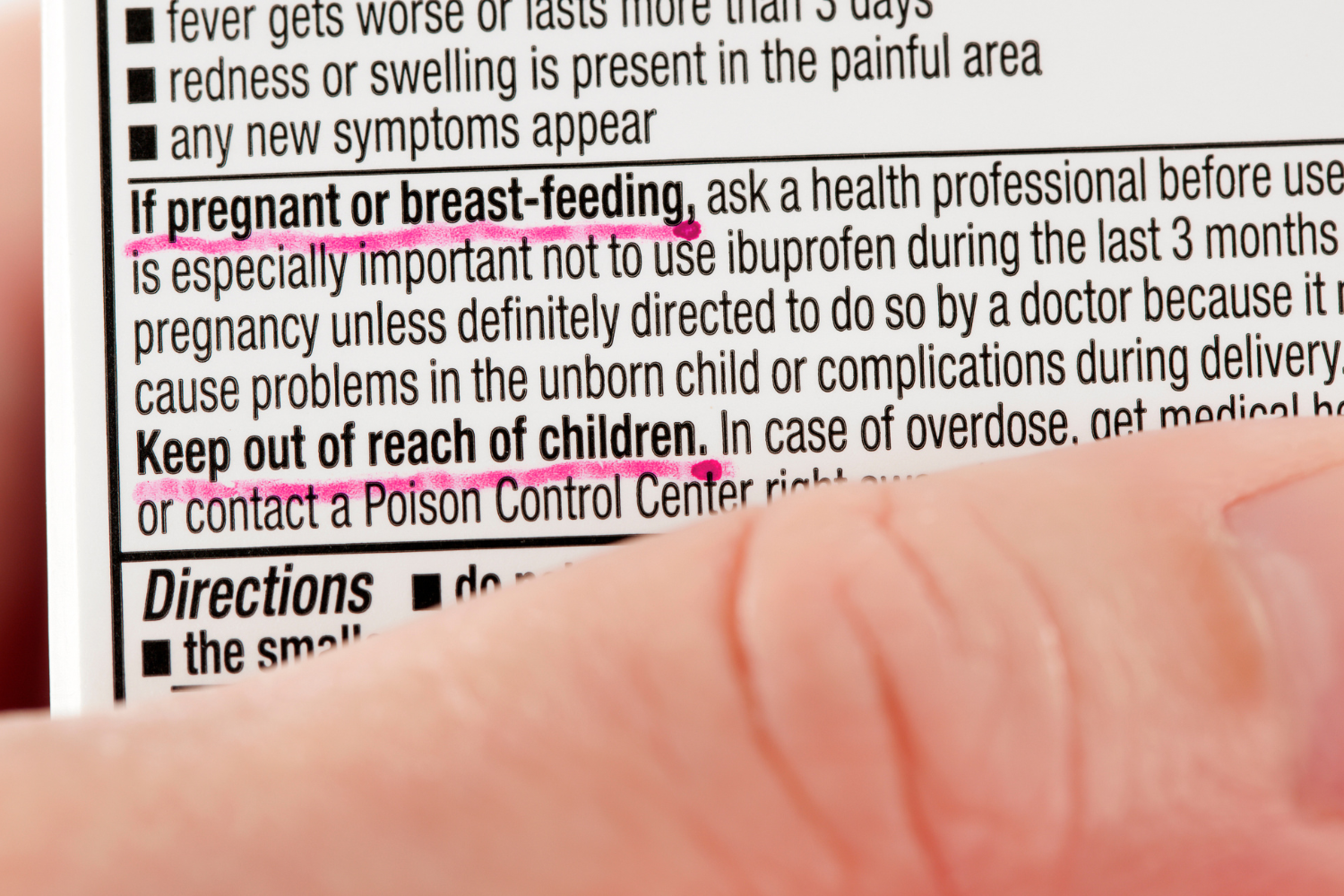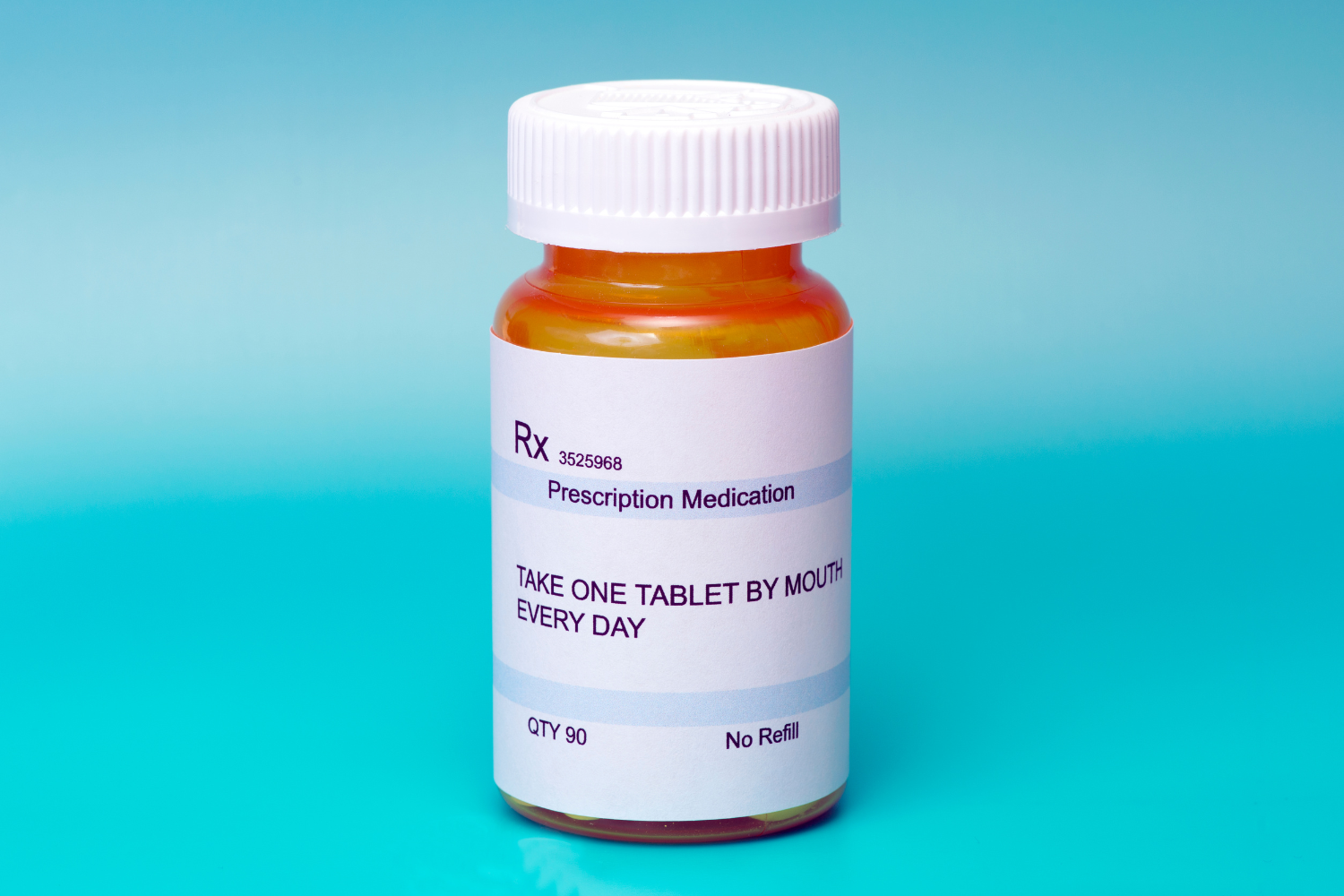Child-resistant packaging and accurate warning labels are essential for safeguarding consumers, particularly young children, from accidental ingestion of potentially hazardous substances. For manufacturers of dietary supplements, pharmaceuticals, household chemicals, and over-the-counter medications, compliance with the Poison Prevention Packaging Act and guidelines set by the Consumer Product Safety Commission (CPSC) is critical in meeting federal regulations.
Adhering to these standards means companies can ensure that child-resistant containers, special packaging, and certified child-resistant lids effectively protect children from toxic or harmful substances. This guide provides a comprehensive overview of these requirements to help your company meet regulatory standards and prioritize consumer safety.
Table of Contents
ToggleWhy Child-Resistant Packaging Is Important
Child-resistant packaging is crucial for reducing the risk of accidental ingestion, especially in households with young children. Companies help protect children from exposure to hazardous products through packaging that is significantly difficult for children to open.
Protecting Children from Accidental Ingestion
Child-resistant packaging serves as an important safeguard to help prevent young children from accessing potentially dangerous substances. Household products like medications, dietary supplements, and household chemicals can pose serious health risks if a child gains access.
Certified child-resistant containers are designed to be difficult for young children to open while allowing access for adults, helping to lower the risk of accidental ingestion. This type of special packaging, often required by law for substances that contain toxic or harmful amounts, provides an additional layer of safety to help reduce the risk of serious illness or injury for children who might attempt to open these packages.

Legal Requirements and Penalties for Non-Compliance
Failing to comply with child-resistant packaging regulations can have serious legal and financial consequences. The Consumer Product Safety Commission (CPSC) enforces standards that companies must follow to prevent risks associated with improper packaging.
Non-compliance with these standards, such as the Poison Prevention Packaging Act, may lead to product recalls, steep fines, and damage to a brand’s reputation. These penalties highlight the importance of using certified child-resistant packaging, ensuring proper labeling, and prioritizing child safety as required by law.
Regulatory Standards for Child-Resistant Packaging
Regulatory standards ensure that child-resistant packaging meets specific safety criteria to prevent accidental ingestion. The Consumer Product Safety Commission (CPSC) and the FDA enforce strict guidelines for child-resistant packages.
Consumer Product Safety Commission (CPSC) Requirements
Poison Prevention Packaging Act (PPPA)
The Poison Prevention Packaging Act (PPPA) is a key regulation that requires child-resistant packaging for certain household substances, including dietary supplements with iron and other potentially hazardous ingredients.
This law, enforced by the CPSC, mandates that manufacturers use packaging that prevents children from accessing a toxic or harmful amount of substances. The PPPA applies to household chemicals, medications, and other household packaging to protect children and reduce the risk of severe illness or accidental ingestion.
Criteria for Child-Resistant Packaging
Child-resistant packaging must be designed so children under five find it difficult to open, while normal adults can easily access it. Child-resistant packaging is rigorously tested through specific standards to ensure compliance with CPSC regulations. Here are some requirements for certification:
- Children Tested: Packaging is tested with children to confirm that it is challenging for them to open or access within a reasonable time.
- Adults Tested: Testing also includes senior adult use effectiveness to confirm the packaging remains accessible for older adults.
- ASTM Classifications: Packages must meet ASTM Type standards (such as ASTM Type VIII) for child resistance.
- Reclosable and Non-Reclosable Options: Both reclosable packaging semi-rigid and non-reclosable packaging, must meet these criteria, depending on the intended use.

FDA Guidelines for Supplement Packaging
Products Requiring Child-Resistant Packaging
Certain dietary supplements are legally required to use child-resistant packaging due to their potential risk if ingested by children. The FDA mandates child-resistant containers for specific products, such as:
- Iron-Containing Supplements: Child-resistant packaging is recommended for supplements with high levels of iron, which, if consumed in excess, may be harmful, particularly for children.
- High-Dose Vitamins: Vitamins, especially in high concentrations, can be harmful if children consume them in large amounts.
- Hazardous Botanicals: Supplements with certain botanicals that could cause harm if ingested in large quantities by young children.
Combining Safety with Convenience
Balancing safety and convenience in child-resistant packaging is essential to ensure secure yet user-friendly products. While the packaging must be difficult for children to open, it should still allow normal adults, especially senior adults, to access it easily.
Manufacturers can provide safe, accessible packaging by incorporating features like child-resistant lids that require a push-and-turn motion or unit dose packaging that limits the amount a child can access. Achieving this balance between child resistance and adult ease of use is essential for protecting children while meeting customer needs.
Warning Label Requirements for Supplements
Warning labels are crucial for supplement safety, providing consumers with clear information about the risks of accidental ingestion. The FDA and CPSC outline guidelines on proper warning label placement and supplement design.
FDA Warning Label Requirements
Warning Labels for Iron-Containing Products
The FDA mandates that supplements containing iron include a warning label to highlight the risk of accidental overdose, especially for children under six. Labels must note that excessive iron intake can pose serious health risks.
The FDA requires phrases such as “Warning: Accidental overdose of iron-containing products is a leading cause of fatal poisoning in children under six” and “Keep out of reach of children” to inform consumers and prevent accidental ingestion by children.

Warning Labels for High-Risk Ingredients
Certain high-risk ingredients in supplements require clear labeling to indicate the potential dangers if consumed by children. Labels for products with such ingredients must include cautionary phrases, such as “Keep out of reach of children.”
Such labeling is important for dietary supplements containing ingredients that could be harmful if ingested by children, underscoring the need for safe storage and child-resistant packaging. Companies can help protect consumers and ensure product safety by following FDA requirements.
Placement and Visibility of Warning Labels
Where to Place Warning Labels on Packaging
To meet FDA and CPSC guidelines, warning labels must be prominently placed on product packaging to ensure visibility. Ideally, warning labels should be near the top of the package, where consumers will likely see them first or near the product’s opening.
Placing warning labels in these areas helps draw attention to the potential risks and ensures customers are aware of the need to store the product safely, away from children.
Use of Bold Fonts and Color Contrast
Using bold fonts and high-contrast colors for warning labels is essential for visibility and effectiveness. Labels should feature dark text on a light background or vice versa to enhance readability.
Bold fonts and clear phrasing are necessary to make warnings stand out, especially when indicating risks like “Toxic or Harmful Amount.” These design elements help consumers notice and understand warnings, supporting child safety and regulatory compliance.

Special Considerations for Child-Resistant Packaging Design
Creating effective child-resistant packaging requires attention to design details that prevent children from opening containers while keeping them user-friendly for adults. Below are key design types and compliance steps for safe, accessible packaging.
Types of Child-Resistant Closures
Push-and-Turn, Squeeze-and-Turn, and Other Mechanisms
Child-resistant closures come in various designs to prevent young children from easily accessing the contents. Here are a few of the most common types:
- Push-and-Turn Closures: These require users to press down on the lid while turning it, making it difficult for children to open but accessible for adults.
- Squeeze-and-Turn Closures: Users must squeeze the sides of the lid while turning, adding an extra layer of child resistance and making it ideal for over-the-counter medications.
- Snap-and-Pull Closures: Some packages require users to push in or pull up a tab, a feature often used in unit dose packaging for added safety and compliance with regulations.

Testing Child-Resistant Packaging for Compliance
To ensure child-resistant packaging meets federal standards, manufacturers must conduct thorough testing. This involves testing children and adults to determine if the package design is effective. For instance, child panels, typically with children under five, attempt to open the packaging within a specific timeframe, while adult panels (including seniors) confirm that it’s still accessible to adults tested. These trials verify that the child-resistant containers meet regulatory requirements, helping reduce the risk of accidental ingestion without compromising accessibility for older users.
Ensuring Compliance Through Third-Party Certification
Obtaining third-party certification for child-resistant packaging is a valuable step for manufacturers. It helps guarantee that packaging meets child safety standards and builds consumer confidence. Key benefits include:
- Enhanced Trust: Certification from recognized CRP testing firms assures customers that the packaging has passed rigorous child resistance testing.
- Improved Compliance: Working with certified CRP manufacturers can streamline compliance with Consumer Product Safety Commission standards and the Poison Prevention Packaging Act.
- Risk Reduction: Third-party certification reduces the risk of recalls, legal penalties, and non-compliance issues by providing reliable validation of packaging safety.
Additional Labeling and Packaging Requirements for International Markets
When exporting child-resistant packaged products, companies must ensure that packaging meets each target country’s child safety and labeling standards.
Adapting Packaging for International Compliance
Differences in Child-Resistant Packaging Laws Abroad
Child-resistant packaging requirements vary widely by country, with international markets often requiring additional safety and compliance measures. For example, the European Union has strict guidelines for hazardous products, with specific requirements for household packaging, unit dose packaging, and over-the-counter medications.
Other regions, like Canada, have additional standards for child-resistant closures on household chemicals and pharmaceuticals. Companies selling abroad must be familiar with these varying standards to avoid penalties and ensure child safety worldwide.
Translation of Warning Labels
Translating warning labels accurately is critical for consumer safety and regulatory compliance when selling in international markets. Warning labels, such as “Keep out of reach of children,” must be translated correctly to ensure that all consumers, regardless of language, understand the potential risks of the substance contained within.
Misinterpretations or errors in translation can lead to consumer confusion, increased risk, and legal issues in foreign markets. Ensuring clear, accurate warning labels allows for effective communication with local consumers and helps companies meet each country’s specific requirements.
Ensuring Safety with Child-Resistant Packaging and Labels
Child-resistant packaging and clear warning labels play a vital role in protecting consumers, especially young children, from accidental ingestion of hazardous products. By adhering to FDA and CPSC guidelines, companies can create compliant, functional packaging that minimizes risks associated with dietary supplements, household chemicals, and over-the-counter medications.
Proper child-resistant standards prevent serious harm and help establish and maintain consumer trust. If you need help ensuring your product’s packaging meets all regulatory requirements, consulting with a CRP manufacturer or compliance expert can provide valuable guidance.
Frequently Asked Questions
What types of products require child-resistant packaging?
Certain household substances, dietary supplements containing iron, and over-the-counter medications must use child-resistant packaging to comply with FDA and CPSC guidelines.
How do I know if my packaging is compliant with CPSC standards?
To ensure compliance, manufacturers can test packaging with CRP testing firms and consider third-party certification for additional assurance.
What should I include in my product’s warning labels to comply with FDA regulations?
Warning labels should clearly state potential risks, using phrases like ‘Keep out of reach of children,’ especially for products with ingredients considered high-risk if ingested by children.
What are the testing requirements for child-resistant packaging?
Child-resistant packaging must be tested with both children under five and adults to confirm that children cannot easily open it while adults still have easy access.
Are international markets’ child-resistant packaging laws different?
Yes, child-resistant packaging requirements vary internationally; for instance, the European Union and Canada have additional standards for safety and labeling.
References:
- Consumer Product Safety Commission. (n.d.). Poison Prevention Packaging Act Business Guidance. Retrieved from https://www.cpsc.gov/Business–Manufacturing/Business-Education/Business-Guidance/PPPA
- U.S. Environmental Protection Agency. (2024. Child-Resistant Packaging for Pesticides. Retrieved from https://www.epa.gov/pesticide-registration/child-resistant-packaging-pesticides
- U.S. Food and Drug Administration. (2018). Labeling for Human Prescription Drug and Biological Products – Implementing the PLR Content and Format Requirements. Retrieved from https://www.fda.gov/regulatory-information/search-fda-guidance-documents/labeling-human-prescription-drug-and-biological-products-implementing-plr-content-and-format
- U.S. Food and Drug Administration. (2024). Questions and Answers on Dietary Supplements. Retrieved from https://www.fda.gov/food/information-consumers-using-dietary-supplements/questions-and-answers-dietary-supplements
- U.S. Government Publishing Office. (2020). POISON PREVENTION PACKAGING ACT OF 1970. Retrieved from https://www.govinfo.gov/content/pkg/COMPS-392/pdf/COMPS-392.pdf




